
The European Free Trade Association (EFTA) is a regional trade organization and free trade area consisting of four European states: Iceland, Liechtenstein, Norway and Switzerland. The organization operates in parallel with the European Union (EU), and all four member states participate in the European Single Market and are part of the Schengen Area. They are not, however, party to the European Union Customs Union.
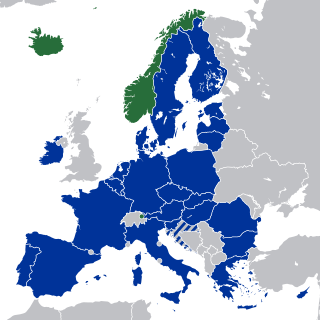
The European Economic Area (EEA) was established via the Agreement on the European Economic Area, an international agreement which enables the extension of the European Union's single market to member states of the European Free Trade Association. The EEA links the EU member states and three of the four EFTA states into an internal market governed by the same basic rules. These rules aim to enable free movement of persons, goods, services, and capital within the European single market, including the freedom to choose residence in any country within this area. The EEA was established on 1 January 1994 upon entry into force of the EEA Agreement. The contracting parties are the EU, its member states, and Iceland, Liechtenstein, and Norway. New members of EFTA would not automatically become party to the EEA Agreement, as each EFTA State decides on its own whether it applies to be party to the EEA Agreement or not. According to Article 128 of the EEA Agreement, "any European State becoming a member of the Community shall, and the Swiss Confederation or any European State becoming a member of EFTA may, apply to become a party to this Agreement. It shall address its application to the EEA Council." EFTA does not envisage political integration. It does not issue legislation, nor does it establish a customs union. Schengen is not a part of the EEA Agreement. However, all of the four EFTA States participate in Schengen and Dublin through bilateral agreements. They all apply the provisions of the relevant Acquis.

European Union citizenship is afforded to all nationals of member states of the European Union (EU). It was formally created with the adoption of the 1992 Maastricht Treaty, at the same time as the creation of the EU. EU citizenship is additional to, as it does not replace, national citizenship. It affords EU citizens with rights, freedoms and legal protections available under EU law.
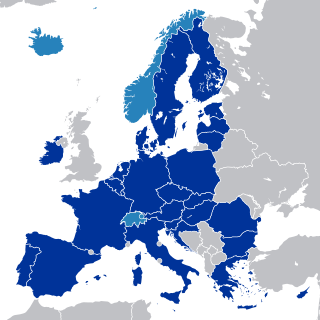
The European single market, also known as the European internal market or the European common market, is the single market comprising mainly the 27 member states of the European Union (EU). With certain exceptions, it also comprises Iceland, Liechtenstein, Norway, and Switzerland. The single market seeks to guarantee the free movement of goods, capital, services, and people, known collectively as the "four freedoms". This is achieved through common rules and standards that all participating states are legally committed to follow.

The EFTA Court is a supranational judicial body responsible for the three EFTA members who are also members of the European Economic Area (EEA): Iceland, Liechtenstein and Norway.
A European Economic Area Family Permit was an immigration document that assisted the holder to enter the United Kingdom as a family member of a citizen of a contracting state to the European Economic Area agreement or a Swiss citizen. They were issued by the UK immigration authorities under the Immigration Regulations 2006 (UK).

The Citizens' Rights Directive 2004/38/EC sets out the conditions for the exercise of the right of free movement for citizens of the European Economic Area (EEA), which includes the member states of the European Union (EU) and the three European Free Trade Association (EFTA) members Iceland, Norway and Liechtenstein. Switzerland, which is a member of EFTA but not of the EEA, is not bound by the Directive but rather has a separate multilateral sectoral agreement on free movement with the EU and its member states.
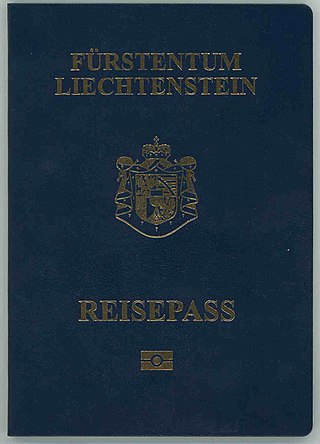
Liechtenstein passports are issued to nationals of Liechtenstein for the purpose of international travel. Beside serving as proof of Liechtenstein citizenship, they facilitate the process of securing assistance from Liechtenstein consular officials abroad.

The Agreement Creating An Association Between The Republic of Turkey and the European Economic Community, commonly known as the Ankara Agreement, is a treaty signed in 1963 that provides for the framework for the co-operation between Turkey and the European Union (EU).

The Immigration Regulations 2006, amended by SI 2009/1117, SI 2011/1247 and SI 2015/694 and which have now been mostly repealed and superseded by the Immigration Regulations 2016, was a piece of British legislation which implemented the right of free movement of European Economic Area (EEA) nationals and their family members in the United Kingdom. It is based on Directive 2004/38/EC. It allows EEA citizens and their family members to live and work in the UK without explicit permission. Although Swiss citizens are covered by a separate bilateral agreement; they are treated basically the same as EEA nationals. Family members may need a special entry clearance to enter the UK.
Metock v Minister for Justice, Equality and Law Reform (2008) C-127/08 is a European Union law case, significant in Ireland and Denmark, on the Citizens Rights Directive and family unification rules for migrant citizens. Citizenship of the European Union was established by Article 20 of the Treaty on the functioning of the European Union (TFEU) and the Citizenship Directive 2004/38 elaborates the right of Union citizens and their family members to move and reside freely in the territory of a member state, consolidating previous Directives dealing with the right to move and reside within the European Community (EC).
European labour law regulates basic transnational standards of employment and partnership at work in the European Union and countries adhering to the European Convention on Human Rights. In setting regulatory floors to competition for job-creating investment within the Union, and in promoting a degree of employee consultation in the workplace, European labour law is viewed as a pillar of the "European social model". Despite wide variation in employment protection and related welfare provision between member states, a contrast is typically drawn with conditions in the United States.

The Liechtenstein identity card is issued to Liechtenstein citizens by the Immigration and Passport Office in Vaduz. The card costs CHF65 for adults aged 18 or over and is valid for 10 years. For children, the card costs CHF30 and has a validity of 3 years.

National identity cards are issued to their citizens by the governments of most European Economic Area (EEA) member states, with the exception of Denmark and Ireland. In the European Union, identity cards have been harmonized as a new common identity card model replaced the various formats in use on 2 August 2021.

European company law is the part of European Union law which concerns the formation, operation and insolvency of companies in the European Union. The EU creates minimum standards for companies throughout the EU, and has its own corporate forms. All member states continue to operate separate companies acts, which are amended from time to time to comply with EU Directives and Regulations. There is, however, also the option of businesses to incorporate as a Societas Europaea (SE), which allows a company to operate across all member states.

The Norwegian identity card, commonly referred to as the national identity card in Norway, is a non-compulsory biometric identity document issued since 30 November 2020. It is one of two official identity documents issued by the Norwegian Police Service, the other being the Norwegian passport. It is only issued to Norwegian citizens, and may indicate citizenship so that it can be used as a travel document facilitating freedom of movement within the European Free Trade Association and the European Economic Area. For travel within the Nordic countries no identity documentation is legally required for Nordic citizens due to the Nordic Passport Union.
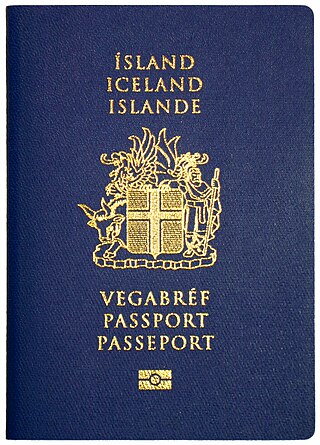
Passports of the EFTA member states are passports issued by the European Free Trade Association (EFTA) member states Iceland, Liechtenstein, Norway and Switzerland. EFTA is in this article used as a common name for these countries.

The Immigration Regulations 2016, or EEA Regulations 2016 for short, constituted the law that implemented the right of free movement of European Economic Area (EEA) nationals and their family members in the United Kingdom. The regulations were repealed by the Immigration and Social Security Co-ordination Act 2020 on 31 December 2020, at the end of the transition period.
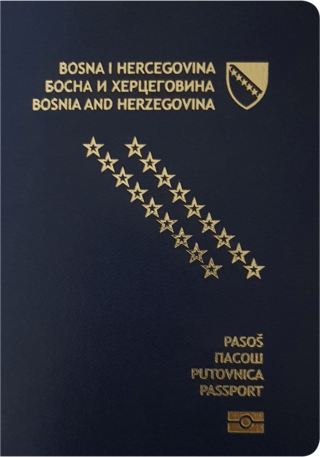
Passports in Europe are issued by each state individually, e.g. the Netherlands or United Kingdom. In general, passports issued in Europe either grant the holder the right of freedom of movement within the European Economic Area, to those that don't. The majority of European states are members of the European Union, and therefore issue EU passports.
In EU law, reverse discrimination occurs when the national law of a member state of the European Union provides for less favourable treatment of its citizens or domestic products than other EU citizens/goods under EU law. Since the creation of the Single Market, the right of EU citizens to move freely within the EU with their families. The right to free movement was codified in EU Directive 2004/38/EC which applies across the whole EEA. However, reverse discrimination is permitted in EU law because of the legal principle of subsidiarity, i.e. EU law is not applicable in situations purely internal to one member state. This rule of purely internal situation does not apply if the EU citizens can provide a cross-border link, e.g. by travel or by holding dual EU citizenship. EU citizens and their families have an automatic right of entry and residence in all EU countries except their own, with exceptions created by a cross-EU state border link. For example, an Irish citizen living in Germany with his family before returning to Ireland can apply for EU family rights. This is referred to as the Surinder Singh route. The cross-border dimension has been the focus of many court cases in recent years, from McCarthy to Zambrano.













